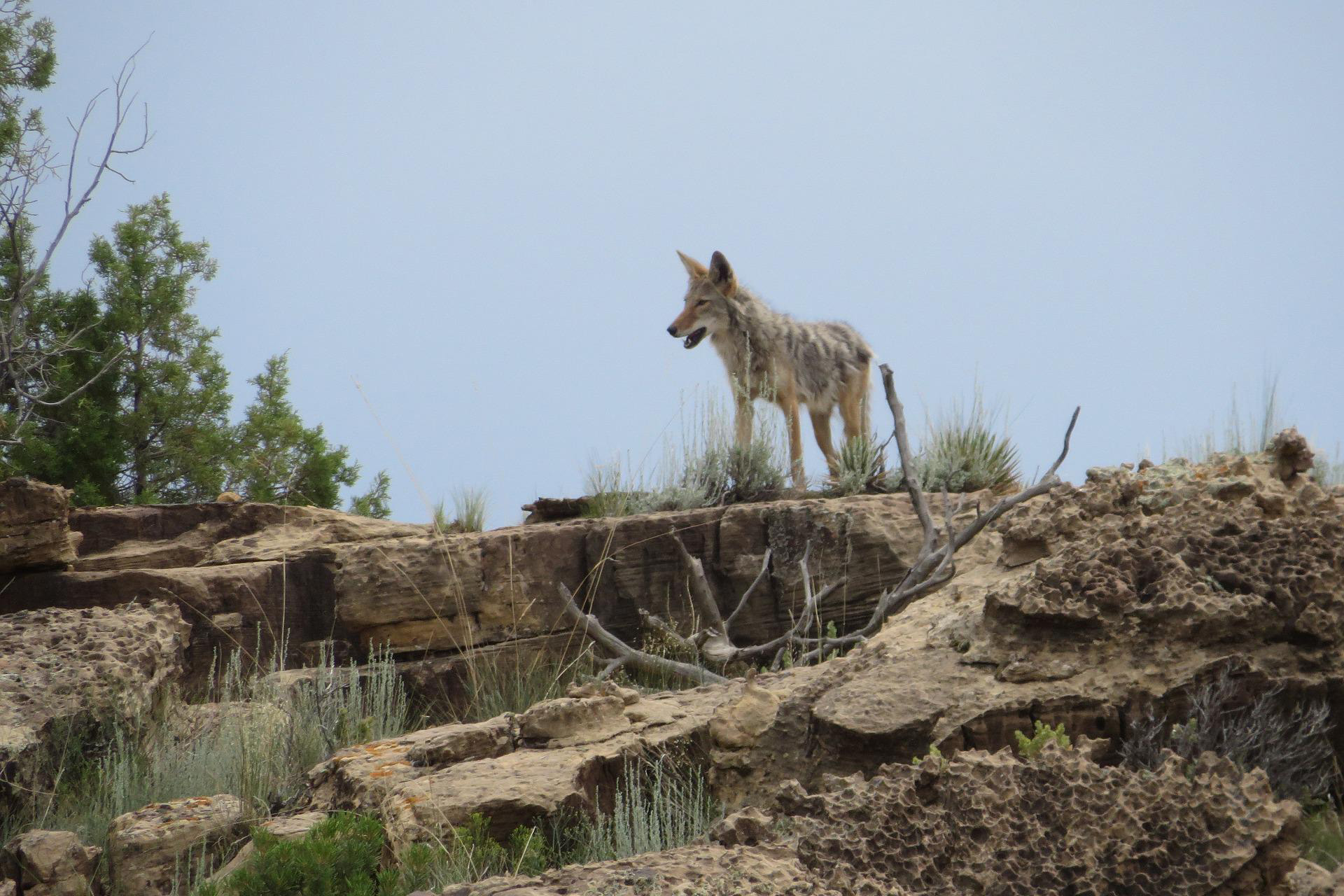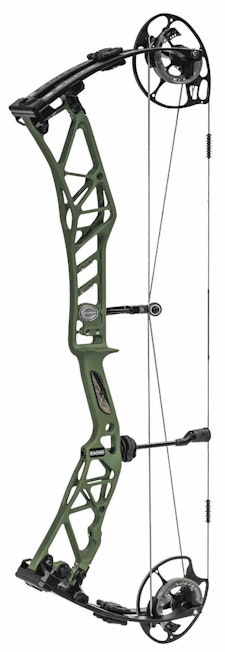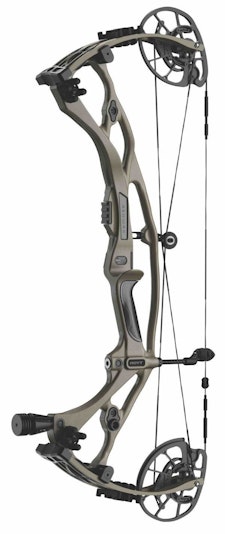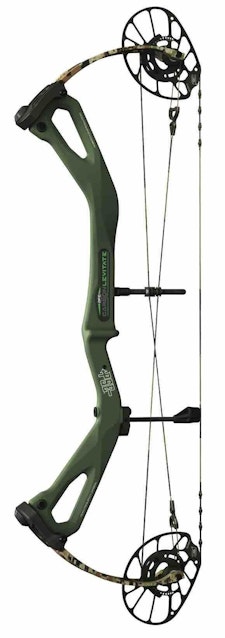I’m good at sleeping. I nod off quickly and typically sleep long and hard and last night I was in the zone when after 2:00pm a loud noise snapped me awake. Still unsure of what had alarmed me I tossed the covers off and went to see what was afoot. As I switched on an outdoor light and looked through my heavy-duty glass front door I realized that the wind was blowing loudly, wildly even, and apparently out of the South because my south facing front door was challenging to open.
At 5:00am it was still windy, but Champ and I ate half a box of pop tarts and headed out to hunt gobblers anyway. As the morning passed I checked the weather on my Apple watch. Our wind speed was 12mph and out of the SE with frequent gusts topping 30mph. We didn’t hear any gobbles and they probably didn’t hear me either due to the speedball winds.
Our only visiter was this large black cow who spotted our 3 turkey decoys and came over to them to, ahh, nose around.
After the morning hunt we drove to 14 year old Champ’s favorite breakfast place, McDonalds.
The afternoon hunt was like the morning one, minus the inquisitive cow. When we turkey hunt we usually pack it in before dark because all the wild turkeys have the objective of reaching the roost areas and flying up before it’s dark.















































